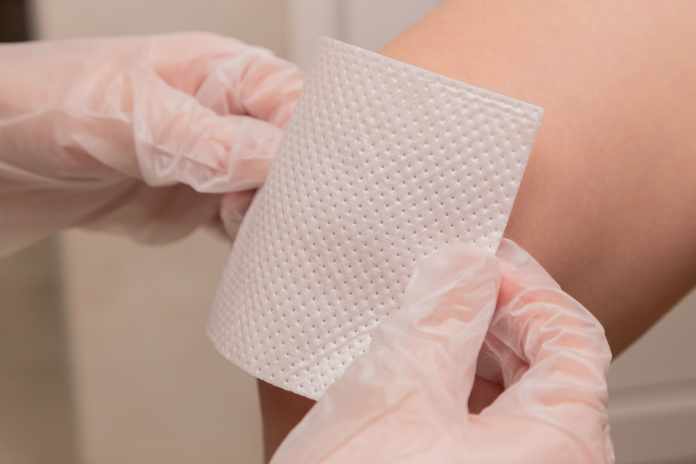Care to Know About the Belladona Plaster?
Belladona plasters are often used in the self-medication of muscle and joint complaints. However, the evidence is limited for most indications. The study situation speaks for a short-term effectiveness in acute and sub-acute low back pain. But even in the case of chronic pain, heat plasters should not be advised due to their good tolerance. Contraindications are in particular acute inflammation, trauma and infections. The belladona plaster works best in combination with exercise.
According to surveys, 85% of the population has suffered from back pain at least once in their life. In the self-medication of this ailment, heating plaster are very popular because they are practical to use and promise quick recovery. They are also often used for other muscle and joint ailments such as rheumatism, strains and period pain. But how do heating plaster work and for whom are they recommended?
How Does Heat Plaster Or Belladona Plaster Relieve Pain?
Thermotherapy is one of the oldest known methods of pain relief. It is defined as a targeted, temporary local temperature increase of superficial and deeper tissues and organs. With heat plasters, this effect can be achieved by using capsaicin or the synthetic analogue. Another principle is the exothermic reaction between iron powder and oxygen, catalyzed by activated carbon.
How the analgesic effect of heat comes about is not fully understood
It is believed that thermo-responsive receptors such as the ion channel TRPV1 (also called capsaicin receptor) play a key role. TRPV1 is z. B. activated at temperatures above the pain threshold (42 to 43 ° C) and sensitized by inflammatory factors via the phospholipase C pathway. However, after prolonged exposure to capsaicin, the TRPV1 is desensitized and probably also a central pain-modulating response of the nervous system.
In addition, the signal generation in the muscle spindles, which record the stretch state of the skeletal muscles, and the viscoelastic properties of tendons and ligaments are temperature-dependent. Moderate warmth (below the pain threshold) lowers muscle tone, reduces stiffness and muscle spasms, and improves coordination of movements. Similar effects are known from athletes who “warm up” before training. The local heat supply causes arterial hyperemia through vasodilation, an increased blood flow to the skin and the underlying tissue. Together with increased capillary permeability, this leads to a better supply of oxygen and nutrients and an increased tissue metabolism. In addition, indications of an improved immune response, such as increased macrophage function and NK cell activity.
Heating Plaster for Whom
Despite its long-widespread use, there are no randomized controlled trials for most indications of heat therapy. One area of application with moderate evidence is acute and sub-acute lower back pain in adults. A 2006 Cochrane review concluded that superficial heat was better than placebo for short-term pain relief. This effect is increased when the application of heat is combined with physical activity.
Conclusion
If the above instructions are observed, heat plaster can be a well-tolerated and effective addition to the therapy of muscle, tendon and joint pain. Especially with chroniclers it can have a positive effect that they can do something about the pain independently. Not to be underestimated are the general relaxation effects of warmth such as lowering muscle tension and blood pressure. Exercise also makes an important contribution to pain relief and, in combination with the application of heat, has a better effect than both measures alone. It is advantageous that heat plaster hardly restrict normal physical activity.










